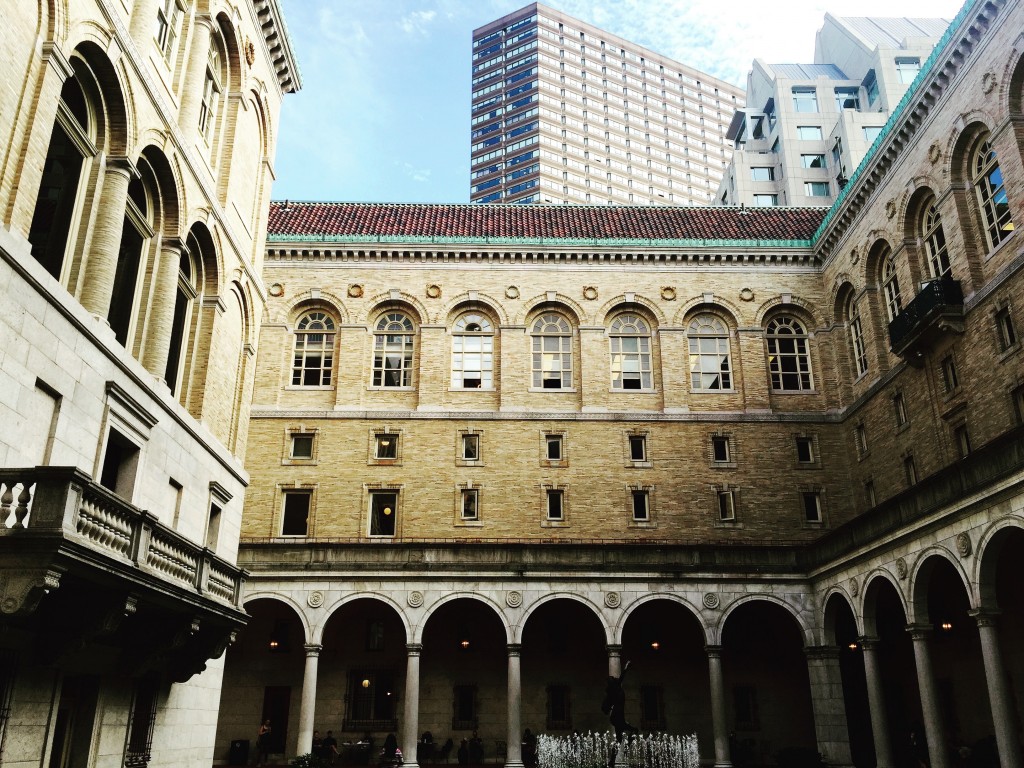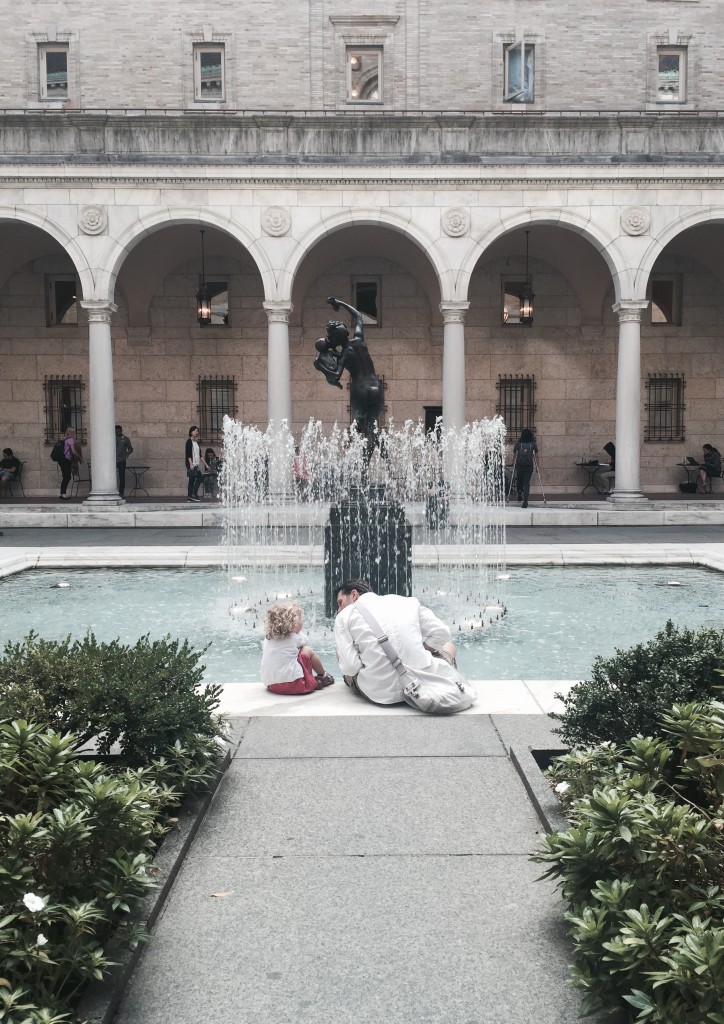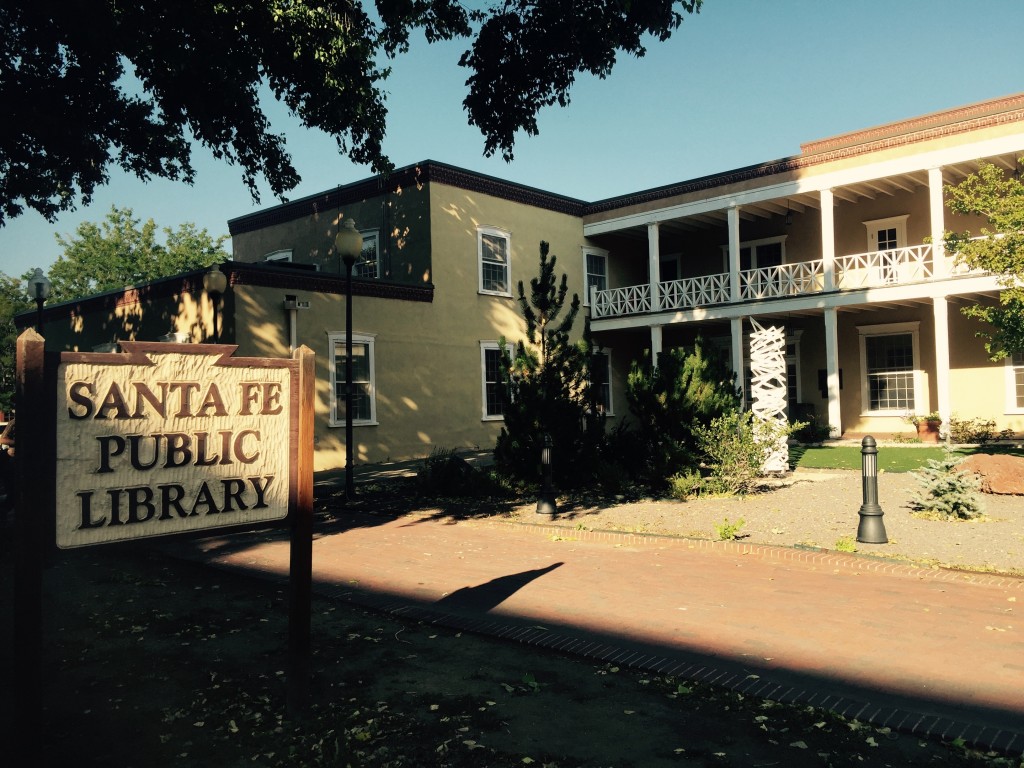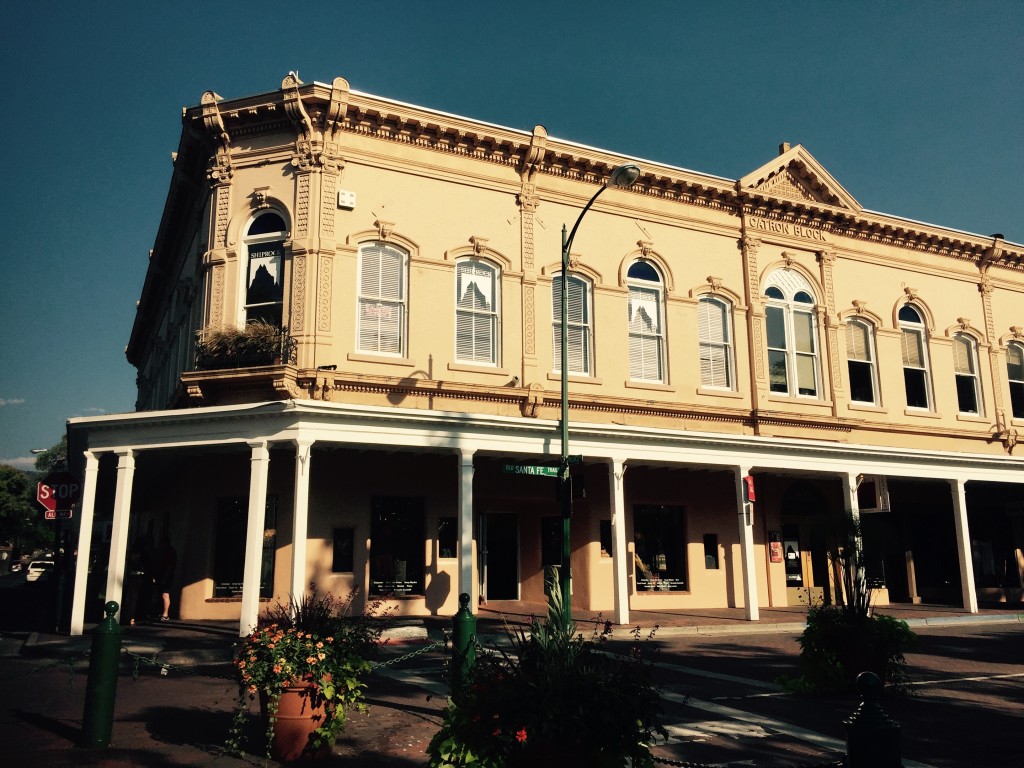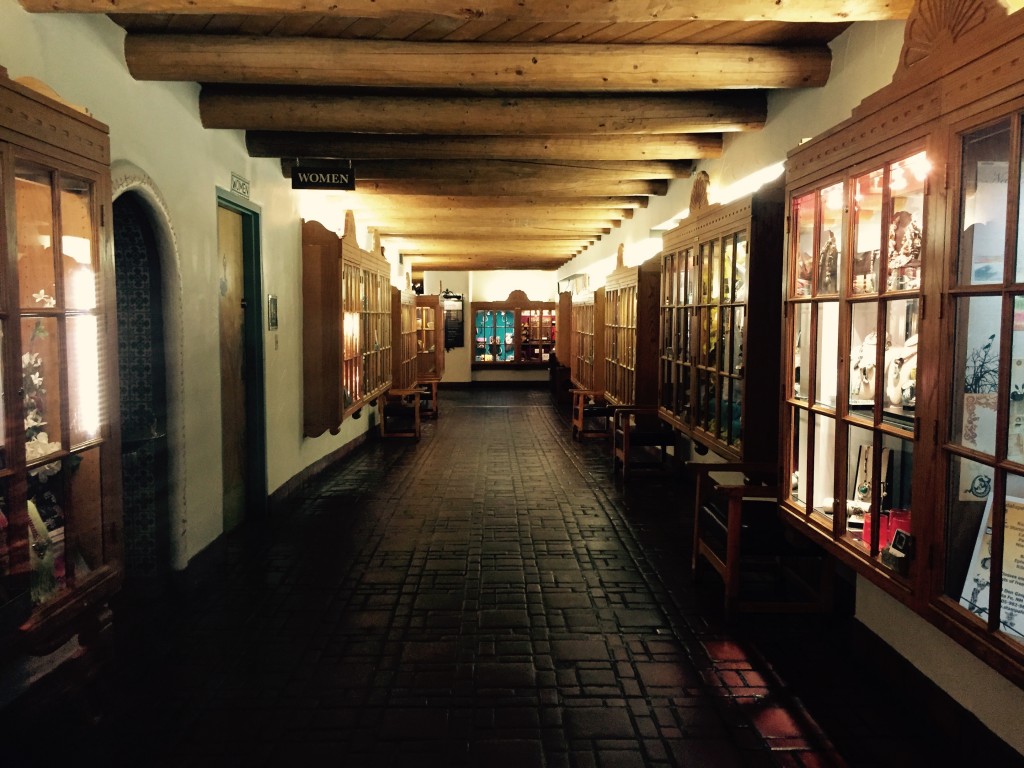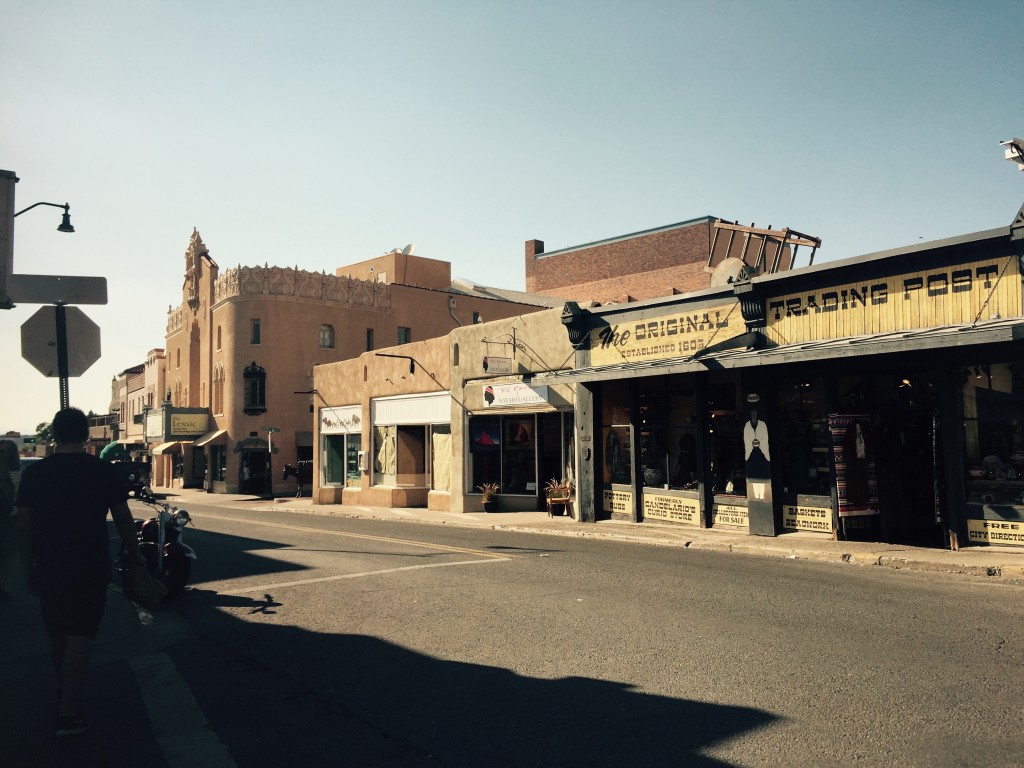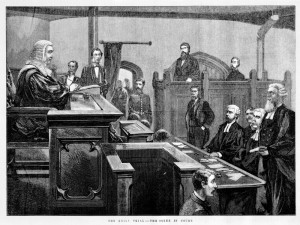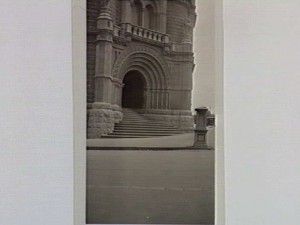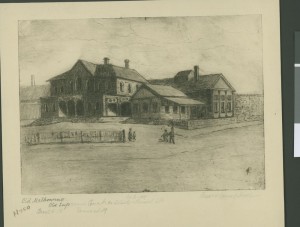Category: Photographs
locam magistram
Disparate and picturesque, limestone and basalt are only some of the words used to describe the Old Magistrates’ Court that sits in old Russell and La Trobe street, always passed by. Flanked by “copper-clad turrets” and surmounted by “arched windows” tinted and aloof, listen closely: you can almost hear the thud of an age-old gavel compelling you to law and order.
When we marched through the, ironically, automatic doors – the conduit from building 1 – I was immediately disarranged. Some of the questions that filtered through my brain was, “Where am I?” “Is this real?” “Did I just emerge from a time-machine and dream-landed to the Renaissance?” Perhaps, if I touched the walls they would crumble. But alas, the musky smell of the carpeted floors and wooden benches that sat across Romanesque-style wall panels bespoke of a since-1884-old building that is more than passed by these days whether you’re a University student or not. It is simply forgotten.
But don’t let me traumatise the adventure with some sadness. Let’s revive it with a modern-day splash…
with much probing
– a short to describe feelings
She hadn’t a choice, really. She cannot simply walk away without fishing out her only means to photograph and collate. With a harsh pull and a muted capture, she ventured to a place she felt was something she only read a book of.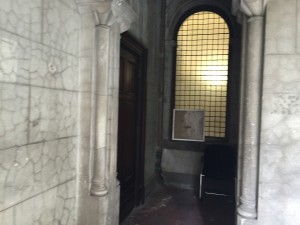
The space around her felt far from thin. The air was packed, almost suffocating in its age. There was a holy silence. Softened footsteps and whispered awes, she couldn’t keep her mind from imagining a magistrate walking these same corridors or that hallway over there that led to even more doors.
She felt intruding, to say the least. It was as if she was not meant to enter the vestibule of this great bastion of law and order. Her fingers ghosted over a marble-step that disappeared towards the first-floor.
Though the sun shone out through the arched windows, she knew, she just knew, that the place was haunted by the sheer expression of strength that was so romantically Roman.
Ironic.
But perhaps George Austin had wanted to leave the plebeians speechless after all.
If you can’t tell by my little short above, I’ve a real passion for the ancients. The entirety of the place is my favourite. But I have a particular fondness to this L-shaped peristyle courtyard, which I found – contradictory to Edquist’s muses who found it an “unusual” feature in an institutional building – was so perfunctory in position, only slightly odd, offering an authentic Roman feel. Austin, the great architect he was, really did a number with placing this courtyard here. For unlike other buildings that may boast the romantic interior and exterior of the age-old Romanesque, the courtyard itself is carved in the very heart of this stone masonry, thus marking the building as far more reverent to the original Roman architecture than of the other sites of the institution.
And this reverence is what makes mine heart cry a bit.
The State Library of Victoria has an extensive collection of photographs and books, manuscripts and articles with above photo being one of them. Entitled, “The Kelly Trial – The Scene in Court” (guess which court!), this photograph goes back to that particular moment I had when my group traversed the walls of this old court.
On the audience stands,metres back from the judge’s seat, there is a long wooden divider. Seemingly unblemished upon first look, it’s terribly easy not to notice the scribbles on timber. More like scratches, carvings, really, superimposed by some students’ ink. Tribal.
I tried to decipher some of the words but couldn’t. Most were faded, though still quite ingrained. My fingers ghosting over them, you could perfectly touch the grooves.
I had wondered if, in that room, where Ned Kelly was on trial, someone in the audience actually felt disinterested enough to actually carve graffiti on it. Something to ponder…
Nowadays, the Old Magistrates’ Court is cartographically known as “Building 20” for the RMIT-goers. Not entirely sure which faculty uses court rooms as their classrooms (and I envy them to the greatest degree), but as nominally clued-in, it was used as a judicial court, of course, and as stated here, then Victorian Premier Hon. Thomas Bent, promised the Council of the Working Men’s College (RMIT) that this court would become their main administrative building.
In conclusion, I wish to visit this building yet again but this time, with summoned courage, at time where it’s a little darker than usual. Melbourne summer, though Autumn now, still promises an sunny 7.30pm so it didn’t work so well in that regard. But I wonder just what else this building beholds when admiring it by moonlight…
Photographs: Old Magistrates’ Court
I’d like to share some of my favourite shots of RMIT’s
Building 20, Magistrates’ Court
325-343 Russell Street, Melbourne
More explanatory explications in future posts.
p.s. I so took these (no sarcasm)

